Looking up a good set of wheels for recently purchased brand new ATV or used vehicle may seem like an impossible task, especially when wheels are one of the most important parts on your ATV. You need to be confident that you have the right wheels in the correct size, perfectly fitted to your vehicle to be fully immersed in the ATV world. Read this article to learn about ATV wheel sizing, wheel offset, and bolt pattern. So what do all those numbers mean?
While ATV wheels may be constructed of several materials (steel, aluminum), they all are commonly described by three sets of numbers. Let's take this one wheel example - 12x7, 4+3, 4/156.
The first set of numbers in our example, "12x7" is wheel diameter and width of the wheel. Wheel diameter (12 inches) is the widest point across the center from bead seat to bead seat. The width of the wheel (7 inches) is the distance from the outside of the wheel to the inside or vice versa.
First of all, the offset is the distance from the centerline of the wheel to the hub mounting surface. The example wheel has a 4+3 offset. The first number "4" (it means 4 inches) is the distance from the centerline to the inside bead seat. The "3" (3 inches) is the distance from the centerline of the wheel to the outside bead seat (the side with the valve stem hole). The sum of these two distances is 7 inches - the width of our example wheel.
There are three different types of offsets: zero offset, negative and positive. A positive offset is when the inside section (bell) is wider than the outside section (nose) of the wheel. The example wheel has a positive 4+3 offset. If the nose section of the wheel is the widest (3+4 as en example), a wheel has a negative offset. A zero offset is when the hub mounting surface is in the true center of the wheel (4+4 would be a zero offset ATV wheel).
Your ATV already has hubs with one style of the bolt pattern.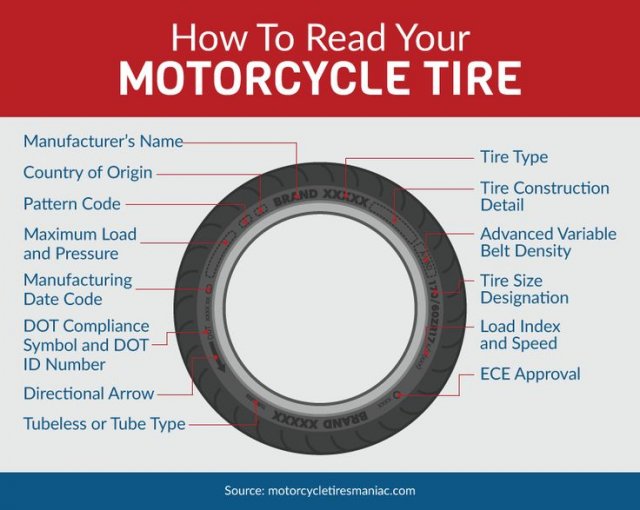 It may be a 3-lug, 4-lug, or a 5-lug pattern. Besides, each bolt pattern comes in different sizes. So, it is very important to know the correct measurements of the bolt pattern which your ATV has before buying a set of new wheels. Let's take a look at our example size. The last section contains "4/156". It also can be written as "4 on 156mm". The number "4" stands for the number of bolt holes. In this case, we have a 4-lug bolt pattern. The "156" is a distance in millimeters from the center of one bolt hole across the center of the wheel to opposite bolt. The spacing of bolt holes also can be described as the diameter of a virtual circle passing through the center of all bolt holes.
It may be a 3-lug, 4-lug, or a 5-lug pattern. Besides, each bolt pattern comes in different sizes. So, it is very important to know the correct measurements of the bolt pattern which your ATV has before buying a set of new wheels. Let's take a look at our example size. The last section contains "4/156". It also can be written as "4 on 156mm". The number "4" stands for the number of bolt holes. In this case, we have a 4-lug bolt pattern. The "156" is a distance in millimeters from the center of one bolt hole across the center of the wheel to opposite bolt. The spacing of bolt holes also can be described as the diameter of a virtual circle passing through the center of all bolt holes.
Visual illustration for understanding ATV wheel sizes.
Summary
12x7 - The wheel diameter x the width of the wheel
4+3 - The offset of the wheel
4/156 - The bolt pattern of the wheel
Share with friends!
Understanding ATV Wheel Offsets |
One of the most frequently asked questions we get is "How do the ATV Wheel offsets work?" The offset of a wheel will determine where the wheel sits in relation to your vehicle. Every rim has an offset that consists of 2 numbers that are measurements. The first number is the measurement (in inches) from the inside lip of the rim, to the center of the rim where the hub and rim meet. The 2nd number is the measurement (in inches) from the hub to the outside lip of the rim. For example: An ATV wheel with a 4+3 offset will measure 4" from the inside lip to the center of the rim where the hub and rim meet, and then it will measure 3" from the hub to the outside lip. The two numbers added together will total the overall width of the rim. Here are a few pictures and some additional information to help you understand ATV rim offsets.
The two numbers added together will total the overall width of the rim. Here are a few pictures and some additional information to help you understand ATV rim offsets. |
Positive Offset vs. Negative Offset? |
| A positive offset wheel has more rim in behind the hub of your ATV and less rim out in front of the hub. A positive offset will have a larger number first and and smaller number second. For example. 4+2, 5+2, 4+3, 5+3 |
| A negative offset wheel has less rim in behind the hub of your ATV and more rim out in front of the hub. A negative offset will have a smaller number first and a larger number second. For example. 2+5, 3+4, 3+5 |
Correct wheel offsets for STRAIGHT REAR AXLE models? |
FRONT - You will need a positive offset for the front which could be one of several options, it just depends on what is offered in the rims you are buying. You will want the first number to be larger than the second number.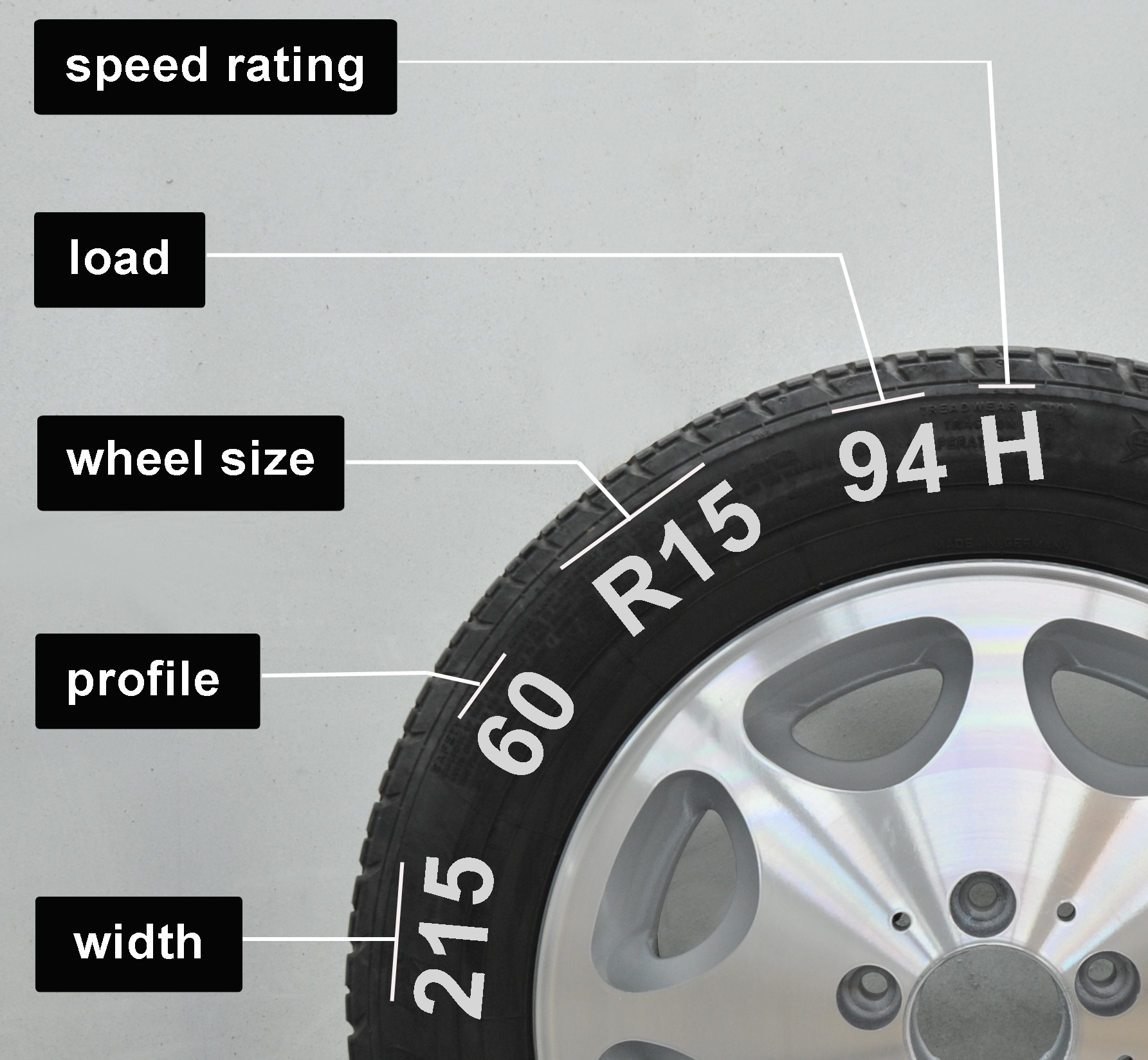 For example, 4+2, 4+3, 5+2 For example, 4+2, 4+3, 5+2 |
| REAR - You will need a negative offset for the rear which could be one of a couple options, it just depends on what is offered in the rims you are buying. You will want the first number to be smaller than the first number. For example, 2+5, 3+5, 3+4 |
Correct offsets for INDEPENDENT REAR SUSPENSION? |
| You have two options: |
OPTION 1 - You can buy rims that are all 4 the same width. If you buy rims that are the same width front and back you will want to get the same positive offset rim for the front and back. For example, a 5+2, 4+3, or 6+1 (depending on your machine) and you would buy the exact same offset for the front and the rear. This works great even though most factory rims are two different widths. You don't have to stick with that, you can buy the same rims front and rear and run the same size tires front and rear or you can get two different widths of tires and mount them on the same size rims.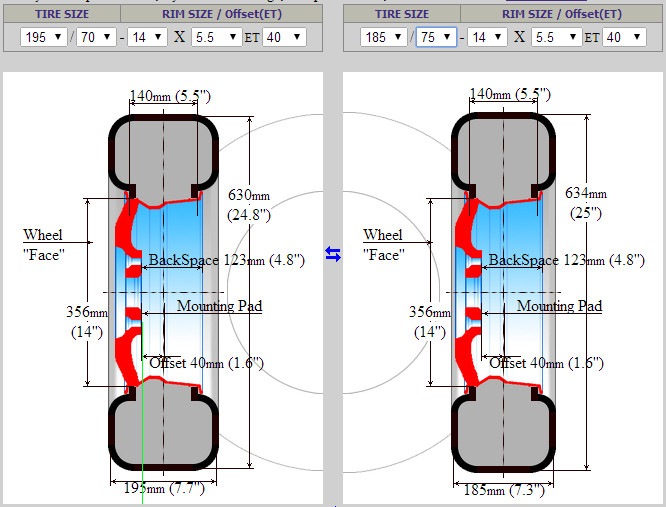 |
| OPTION 2 - You can buy rims that are two different widths. There are some rims out there that are offered in a skinnier size for the front and a wider size for the rear just like your factory rims. If you go this route you will still want to run a positive offset for both the front and the rear but they will not be the same offset because they are two different widths. For example, you would order a 4+2 or a 4+3 for the front and a 4+4 or 5+3 for the rear, it would just depend on what is being offered for the style of rims you are buying. |
Correct wheel offsets to WIDEN MY STANCE? |
Wide stance offsets (aka negative offsets) can only be used on ATVs or UTVs with the Independent Rear Suspension, and they are not available in all fitments. They are generally used on UTVs to widen the stance & increase stability. However, they can also be used on some ATVs if you are looking to widen your stance and make your machine more extreme and aggressive looking.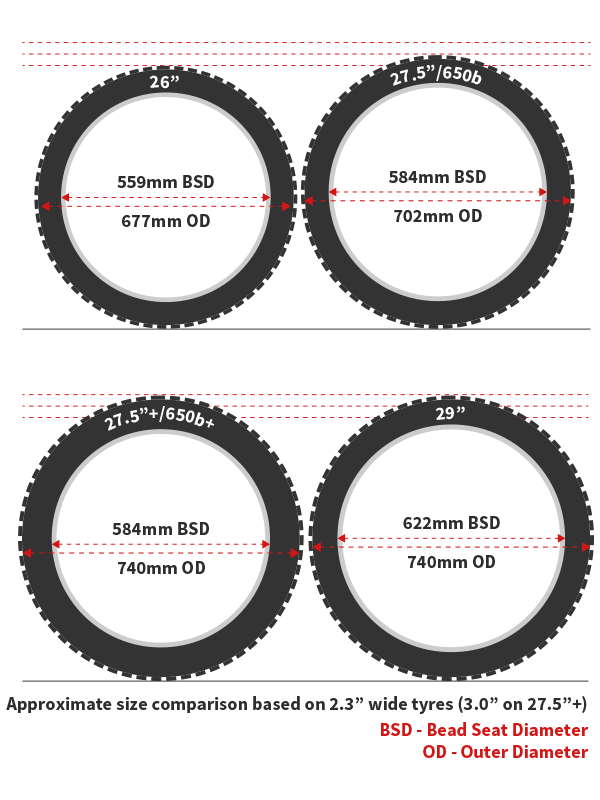 In order to widen your stance substantially you would want to order a rim with a negative offset, so the first number is smaller than the second number. For example, 2+5, 3+4, 3+5. Another option to widen your stance is to use wheel spacers. In order to widen your stance substantially you would want to order a rim with a negative offset, so the first number is smaller than the second number. For example, 2+5, 3+4, 3+5. Another option to widen your stance is to use wheel spacers. |
Example of 5+2 offset: |
| A 5+2 offset is the most standard offset when it comes to ATV wheels. The face of the rims is closer to the exposed edge and the majority of the rim & tire sit in underneath your ATV. The 5+2 offset is used on the front of almost any utility ATV/UTV. A 5+2 offset is also used on the rear of any Independent rear suspension model ATV. If your ATV has the independent rear suspension it will use the exact same offset on front and rear when you buy aftermarket rims. If your ATV has the straight rear axle you'll need to order a different offset for the rear which is shown below. |
Example of 2+5 offset: |
A 2+5 offset is most commonly used on the rear of any ATV that has a straight axle on back.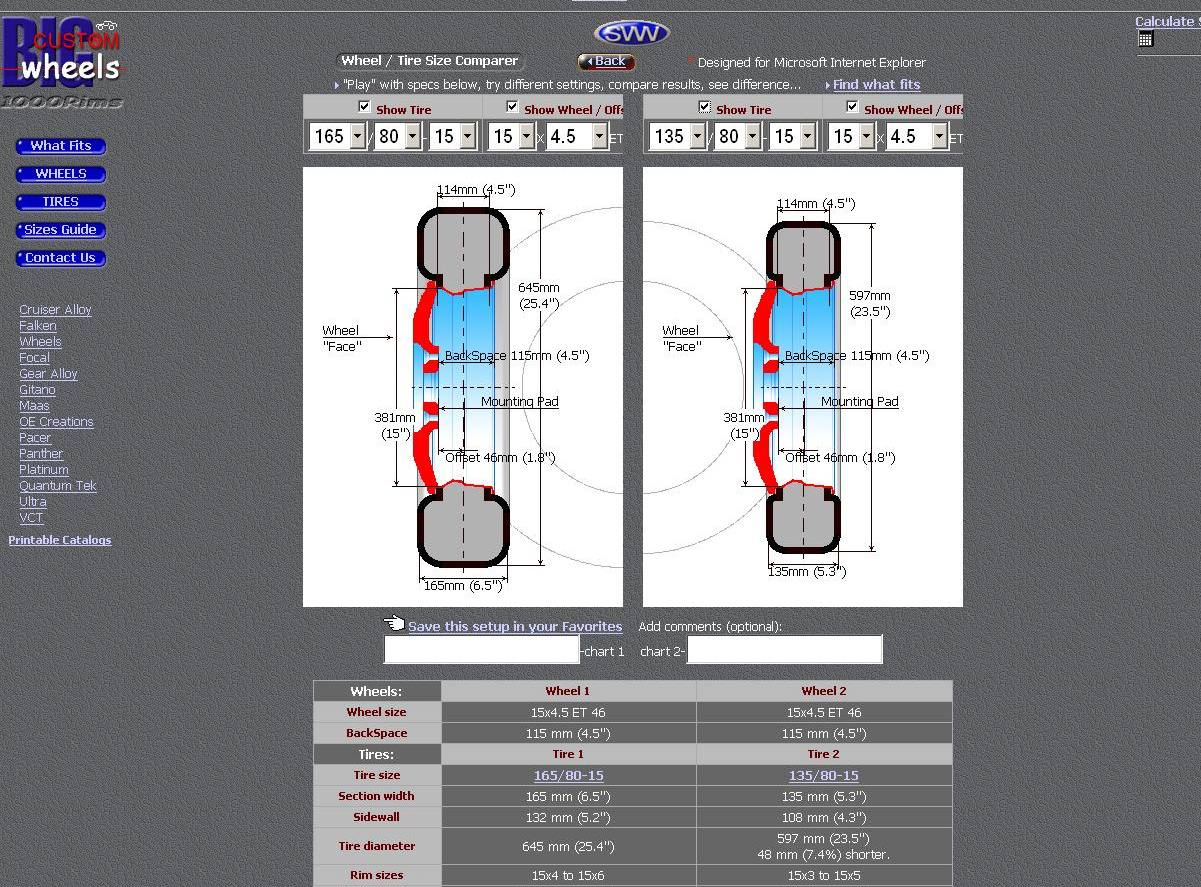 These are commonly referred to as "deep dish" or "negative offset" wheels because the face of the rim is recessed in about 5" from the outside edge. 2+5 offsets can also be used on front and rear of an independent rear suspension model ATV/UTV if you are looking to increase the width of your machine and gain stability. A 2+5 offset wheel will stick out about 3 inches wider per side from the standard 5+2 offset wheel. These are commonly referred to as "deep dish" or "negative offset" wheels because the face of the rim is recessed in about 5" from the outside edge. 2+5 offsets can also be used on front and rear of an independent rear suspension model ATV/UTV if you are looking to increase the width of your machine and gain stability. A 2+5 offset wheel will stick out about 3 inches wider per side from the standard 5+2 offset wheel. |
Measuring your ATV's Bolt Pattern: |
| When measuring your ATV's bolt pattern you will want to check both the front and rear. Some ATV models use a different bolt pattern on front and back so you'll want to double check yours before purchasing new wheels. You can also view our ATV Bolt Pattern guide to find out. |
05/17/2018
The numbers written on the side of the rubber tire can tell the owner of the ATV everything that interests him.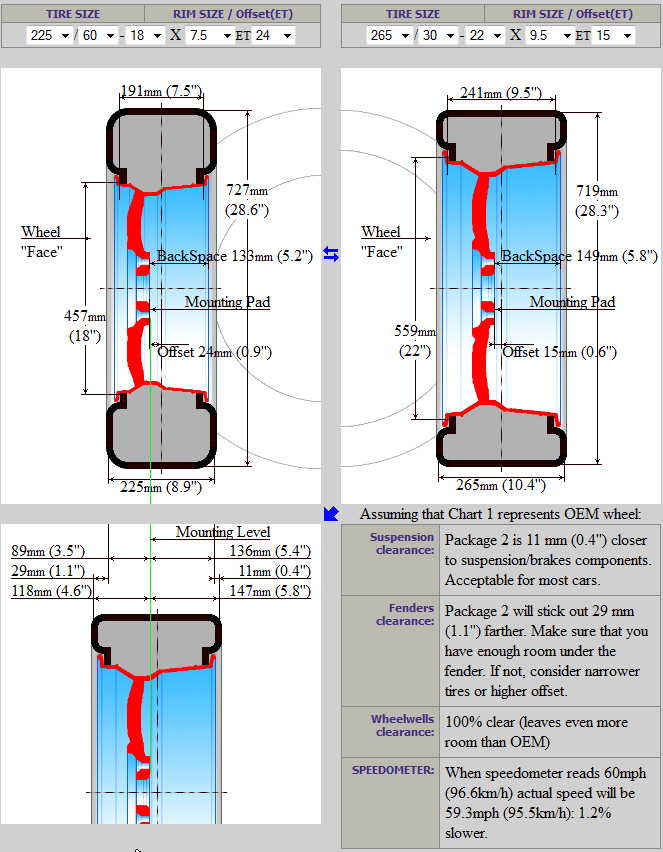 And if you are for some If you don't know what these mysterious numbers mean, then you can be mistaken when choosing the next set of tires. But tires directly determine whether it will go technique further or not. So, in this article you will close all the questions on about the decoding of size ATV tire .
And if you are for some If you don't know what these mysterious numbers mean, then you can be mistaken when choosing the next set of tires. But tires directly determine whether it will go technique further or not. So, in this article you will close all the questions on about the decoding of size ATV tire .
All tires have their own basic parameters - this is the width, height and diameter. The value of these parameters is mainly measured in inches. Exists two units:
1) If you have ATV, then this is for you. English version is the most common number system that is used when determination of tire dimensions on ATVs. All measurements here are in inches. (1 inch equals 2.54 cm). For example, the size indicated in English classification looks like this - 25x8x12 . Let's take a closer look at the meaning of each digit:
- The first digit 25 shows the height of the tire in inches;
- The second digit 8 indicates the width of the tire in inches;
- The last, third digit 12 indicates the diameter of the wheel disk, it is also measured in inches. Disc diameter on each ATV can be different. Therefore, be careful before you buy tires for ATV, see what regular disks are installed on your vehicle.
Disc diameter on each ATV can be different. Therefore, be careful before you buy tires for ATV, see what regular disks are installed on your vehicle.
And a very important point worth noting. Often our customers ask themselves: “If I have a tire size of 20x10x10, can I put instead of them 20x11x10? The answer is yes. First, you can put rubber on regular wheels with a size exceeding 1 inch in height and width. Secondly, if you want tires even wider, then for this you will need to buy other disks. But again, there are limitations. On discs of other diameters, you can install rubber, the largest is only 2 inches in height and width.
These two rules must be strictly observed, otherwise, if you try to put tires of an unacceptably large size, this may adversely affect on a quad bike. After all, the rubber will be larger and, accordingly, heavier, which does not fit the technical parameters of the ATV. In production ATVs take into account all the characteristics, so manufacturers of ATV equipment I don't recommend using bigger tires at all.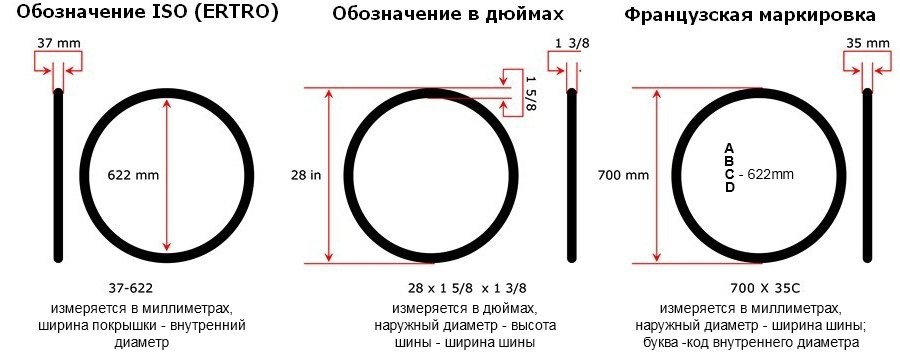 But if you do decided to increase the size of tires, call our toll-free number, we we will help.
But if you do decided to increase the size of tires, call our toll-free number, we we will help.
2) Also there is another version - metric . Here the dimensions are indicated in percentage and millimeters. For example, size specified according to the metric classification - 205/80 Rx12 . Such designations are usually used on automobile tires. Let's see what's what:
- The first digit of 205 shows the total tire width in millimeters. Converting this value to inches, we will just get the number 8 (in the English version is 8 inches wide).
- The second digit 80 indicates the ratio of the height of the tire to its width, measured as a percentage. After doing some mathematical manipulations, we get the number 25 (in the English version, the height is equal to 25 inches).
- The number 12, as in the English version, shows the size disk in inches.
- Well, the letter R means that our tire is radial.
The most important thing to remember from the article is that it is not recommended to install tires of huge sizes that do not correspond to the parameters your ATV .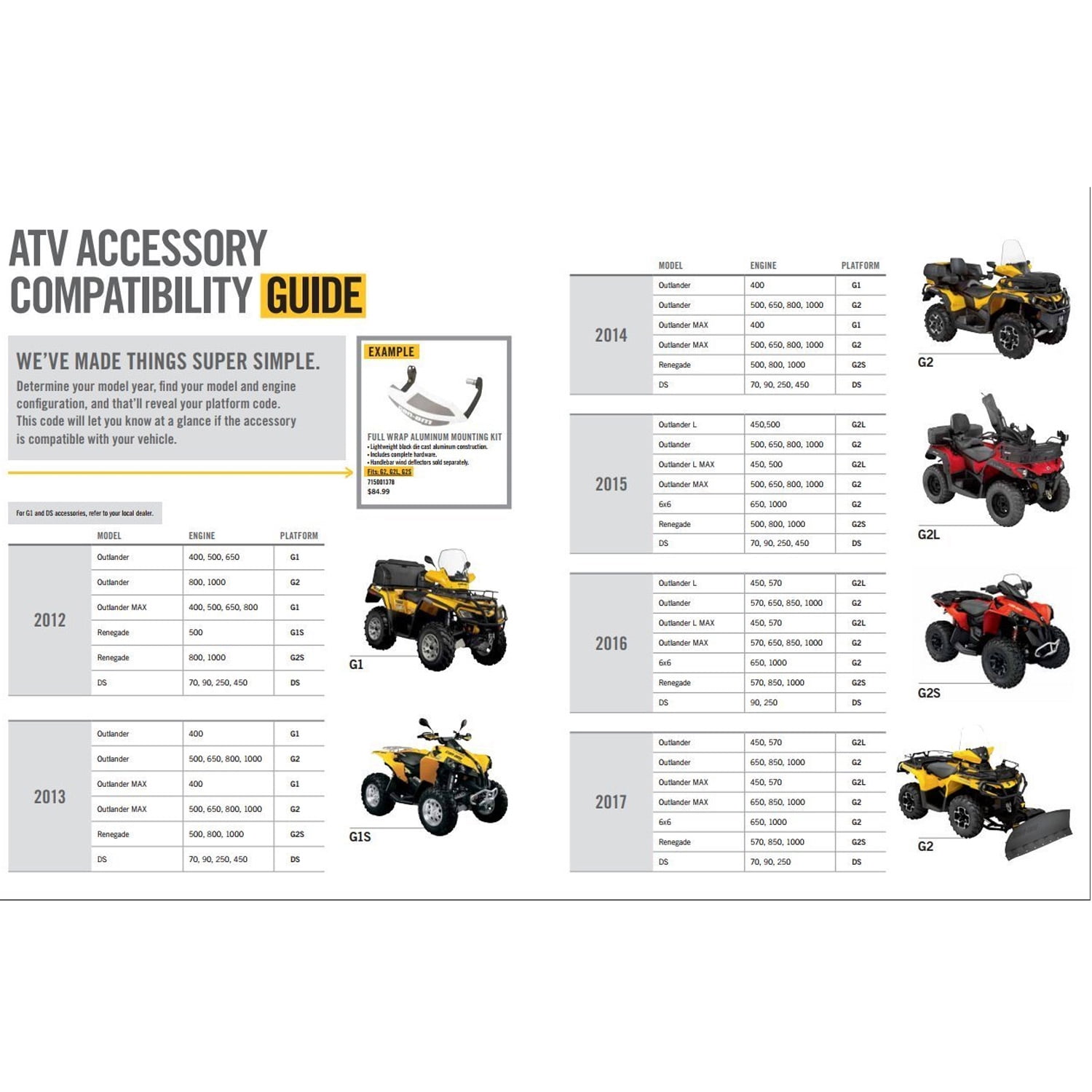 If you want to change the tires on your vehicle, give us a call. we will help.
If you want to change the tires on your vehicle, give us a call. we will help.
| Tire size in inches | Tire size metric | ||
| 100 | 90 | 80 | |
| 2.75 | 80/100 | 80/90 | 90/80 |
| 3.00 | 90/100 | 90/90 | 100/80 |
| 3.25 | 100/100 | 100/90 | 110/80 |
| 3.50 | 100/100 | 100/90 | 110/80 |
| 3.60 | 100/100 | 100/90 | 100/80 |
4. 00 00 | 110/100 | 100/90 | 110/80 |
| 4.10 | 100/100 | 110/90 | 120/80 |
| 4.25/85 | 110/100 | 120/90 | 130/80 |
| 4.50 | 110/100 | 110/90 | 120/80 |
| 4.60 | 100/100 | 120/90 | 130/80 |
| 5.10 | 110/100 | 130/90 | 140/80 |
Explanation of rubber marking abbreviations:
120/70 Z 12 m/c (58W)
| Maximum speed | |||||||
| MPH | km/h | ||||||
| V | 149 | 240 | |||||
| (V) | over 149 | over 240 | |||||
| W | 168 | 270 | |||||
| (W) | over 168 | over 270 | |||||
| Z | over 149 | over 240 | |||||
| Y | 186 | 300 | |||||
| Tire load index | |||||||
| 40 | 140 | 53 | 206 | 66 | 300 | 79 | 437 |
| 41 | 145 | 54 | 212 | 67 | 307 | 80 | 450 |
| 42 | 150 | 55 | 218 | 68 | 315 | 81 | 462 |
| 43 | 155 | 56 | 224 | 69 | 325 | 82 | 475 |
| 44 | 160 | 57 | 230 | 70 | 335 | 83 | 487 |
| 45 | 165 | 58 | 236 | 71 | 345 | 84 | 500 |
| 46 | 170 | 59 | 243 | 72 | 355 | 85 | 515 |
| 47 | 175 | 60 | 250 | 73 | 365 | 86 | 530 |
| 48 | 180 | 61 | 257 | 74 | 375 | 87 | 545 |
| 49 | 185 | 62 | 265 | 75 | 387 | 88 | 560 |
| 50 | 190 | 63 | 272 | 76 | 400 | 89 | 580 |
| 51 | 195 | 64 | 280 | 77 | 412 | 90 | 600 |
| 52 | 200 | 65 | 290 | 78 | 425 | 91 | 615 |
| Dimension conversion | |||||
| Bar | psi | Bar | psi | Bar | psi |
1.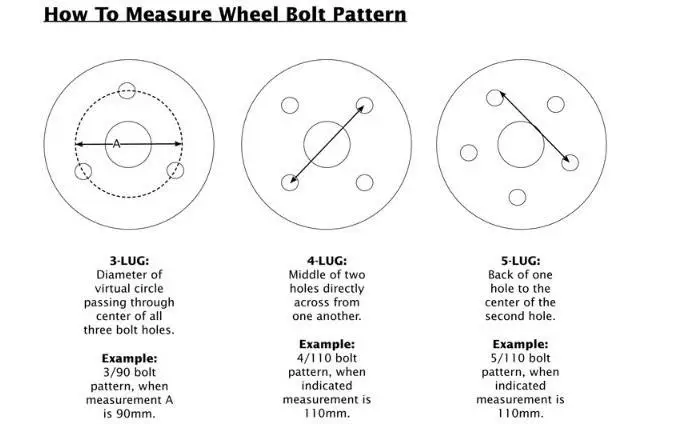 2 2 | 17 | 1.9 | 28 | 2.6 | 38 |
| 1.3 | 19 | 2.0 | 29 | 2.7 | 39 |
| 1.4 | 20 | 2.1 | 31 | 2.8 | 40 |
| 1.5 | 22 | 2.2 | 32 | 2.9 | 42 |
| 1.6 | 23 | 2.3 | 34 | 3.0 | 44 |
1. 7 7 | 25 | 2.4 | 35 | 3.1 | 45 |
| 1.8 | 26 | 2.5 | 36 | 3.2 | 46 |
| Rim section height. Motorcycle tire width. Rim width. Disc width | |||
| Rim width, inches | Tire width, mm | ||
| 6.50 | 200 | ||
| 6.25 | 200 | ||
| 6.00 | 180 | 190 | 200 |
5.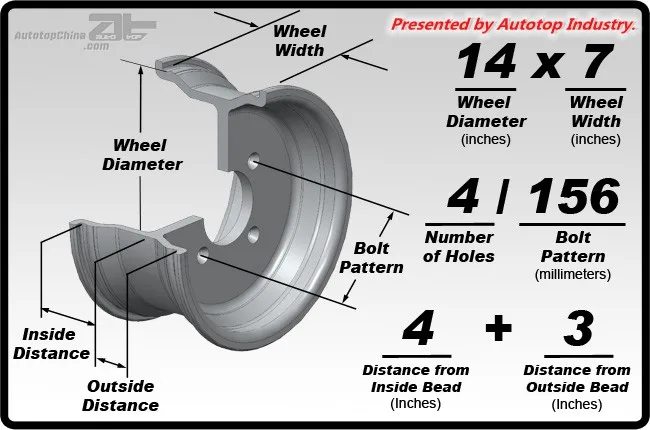 5 5 | 180 | 190 | |
| Tire profile height 60, 65 and 70% | ||||
| Rim width, inches | Bar width mm | |||
| 6.50 | 230 | |||
| 6.25 | 200 | 230 | ||
| 6.00 | 200 | 230 | ||
| 5.50 | 170 | 180 | 200 | |
| 5.00 | 160 | 170 | 180 | |
4. 50 50 | 140 | 150 | 160 | 170 |
| 4.25 | 140 | 150 | 160 | 170 |
| 4.00 | 130 | 140 | 150 | |
| 3.75 | 120 | 130 | 140 | |
| 3.20 | 120 | 130 | ||
| 3.00 | 110 | |||